MOSCOW, February 17, Vladislav Strekopytov. At the bottom of the Baltic Sea, a kilometer-long wall was discovered, built more than ten thousand years ago. About why the primitive hunters who inhabited Northern Europe at that time needed such a grandiose structure is in the material .
Underwater Stonehenge
The discovery was made by accident. In 2021, students from the Leibniz Institute for Baltic Sea Research in Warnemünde carried out hydroacoustic surveys in the Bight of Mecklenburg during a geophysical internship under the supervision of Dr. Jakob Geersen. At the bottom of the sea, at a depth of about twenty meters, they saw a linear structure located parallel to the shore, about ten kilometers from it. The length is about a kilometer. It doesn't look like a natural formation. Artificial origin was suggested. But to say anything definite, additional information was required.
In 2022, Geersen teamed up with colleagues from the University of Rostock and Kiel, the Alfred Wegener Institute in List, the Institute for the Protection of Maritime Infrastructure in Bremerhaven and the Center for Baltic and Scandinavian Archeology in Schleswig for a more detailed study of the underwater object. They analyzed high-resolution hydroacoustic data (up to one centimeter) obtained from ships and autonomous underwater vehicles, studied photographic images and rock samples provided by a team of scientific divers, and built a 3D model of the structure, which they called Blinkerwall. The results were published in the journal Proceedings of the National Academy of Sciences (PNAS).
The wall is about a meter high and one to two meters wide and is made of 1,673 stones carefully fitted to each other. A glacier or a tsunami clearly has nothing to do with it.
The stones are mostly less than a meter, not heavier than a hundred kilograms. But there are also large ones, several tons. The largest has an estimated weight of 11,389 kilograms.
There are 288 large stones in total, and ten are simply huge – up to three meters in diameter. Megaliths are located in places where the wall line is inflected and at its end. The researchers suggest that the ancient builders used large boulders as support points, and the spaces between them were filled with smaller stones that could be moved by hand. The total weight of all stones is more than 142 tons.
Mesolithic Builders
The construction time was determined indirectly. The ice sheet of the last glaciation retreated north from here about 14,500 years ago, and 8,500 years ago the area sank due to rising Baltic Sea levels. By analyzing sediment samples from the area, Geersen and his colleagues determined that the wall was built between 11,700 and 11,000 years ago.
From a geological point of view, this is the early Holocene. For Northern Europe – the time of transition from the Paleolithic to the Mesolithic, or Middle Stone Age. Then a new way of life was formed, based on the norms and rules of social behavior, and not just on the joint production of food, beliefs and traditions were consolidated.
The Mesolithic era includes numerous rock paintings and the so-called residential hills – sites of ancient people. But archaeologists have never seen such large structures of that period. Until recently, historians were sure that before the Neolithic and the emergence of developed agricultural communities, people could not build large stone structures – social connections were needed to coordinate joint efforts.
Perhaps, the authors of the study note, such ancient buildings were not found because they were looking only on land, where they quickly collapse. And at the bottom of a calm bay, where there are no waves or strong currents, the wall has been preserved almost in its original form.
The remains of stone buildings from the Mesolithic era have already been discovered in the flooded lands to the west of Denmark, in the area known as Doggerland. But Blinkerwall is much bigger. Today it is the largest Stone Age structure in Europe and the oldest built by ancient people.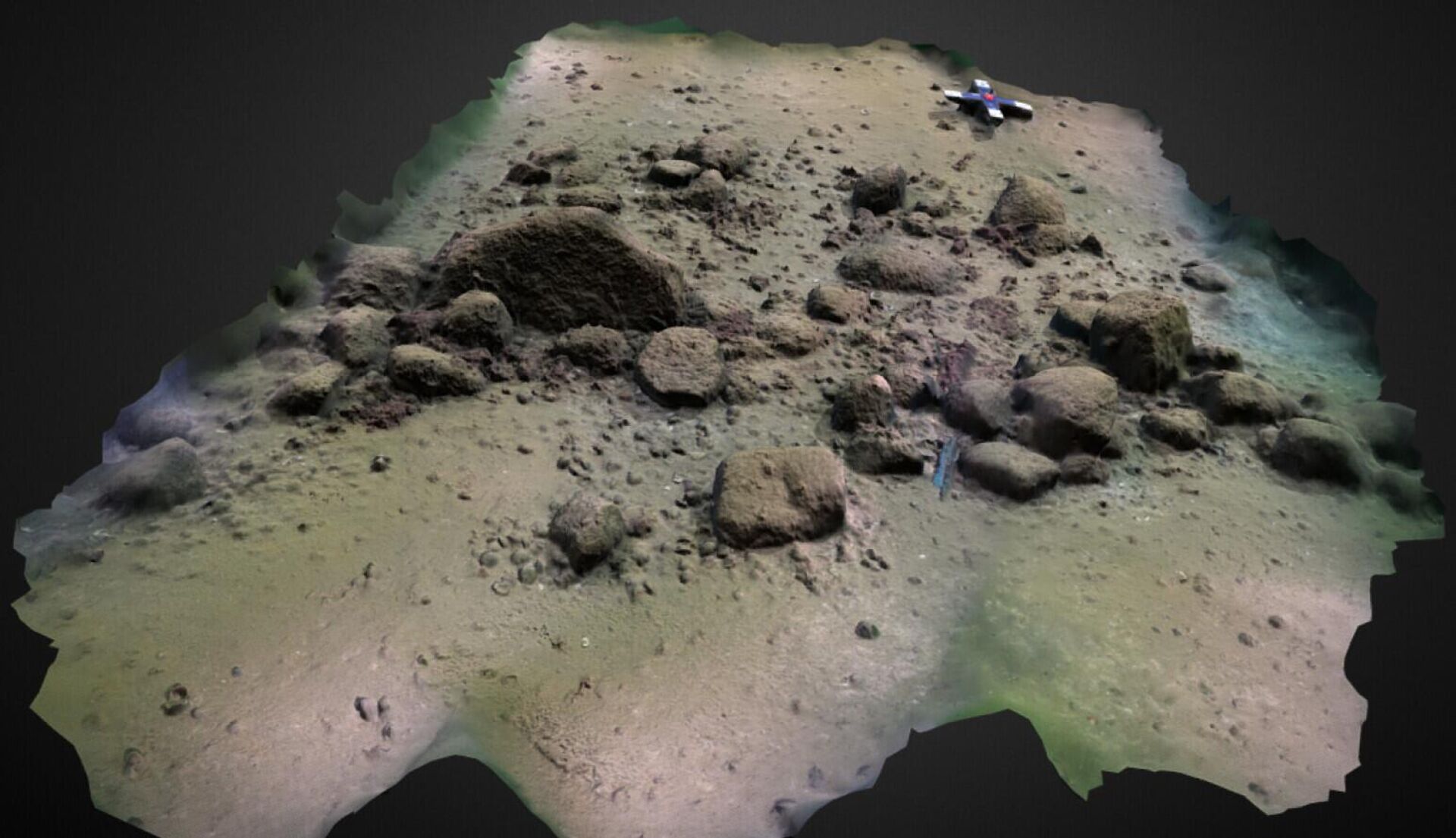 < br />
< br />
Trap walls
Having restored the ancient landscape, the researchers found that the wall stretched along the shore of a lake, which was later swallowed up by the sea. Perhaps it served as a dam, a retaining wall for a coastal harbor, or separated part of a reservoir for ease of fishing. But the most likely hypothesis, according to the authors, is that the wall was a guide for corralling reindeer and bison, which were hunted by ancient Europeans.
There are a lot of similar structures on the Arabian Peninsula and in Asia Minor. In Saudi Arabia they are called “mustatils”. And in the scientific literature – “desert kites”: they look like an elongated trapezoid formed by two converging walls of dry stone about one meter high. The length of such traps ranges from one hundred meters to several kilometers.
Judging by ethnographic analysis and rock paintings, with the help of mustatils they hunted ungulates, such as gazelles or antelopes. It is known that herd animals, when encountering a linear obstacle, always run along it, even if they are physically able to jump over.
Many rock traps consist of two V-shaped converging walls that end in a natural barrier or hole. It is assumed that hunters were waiting for the animals in this place.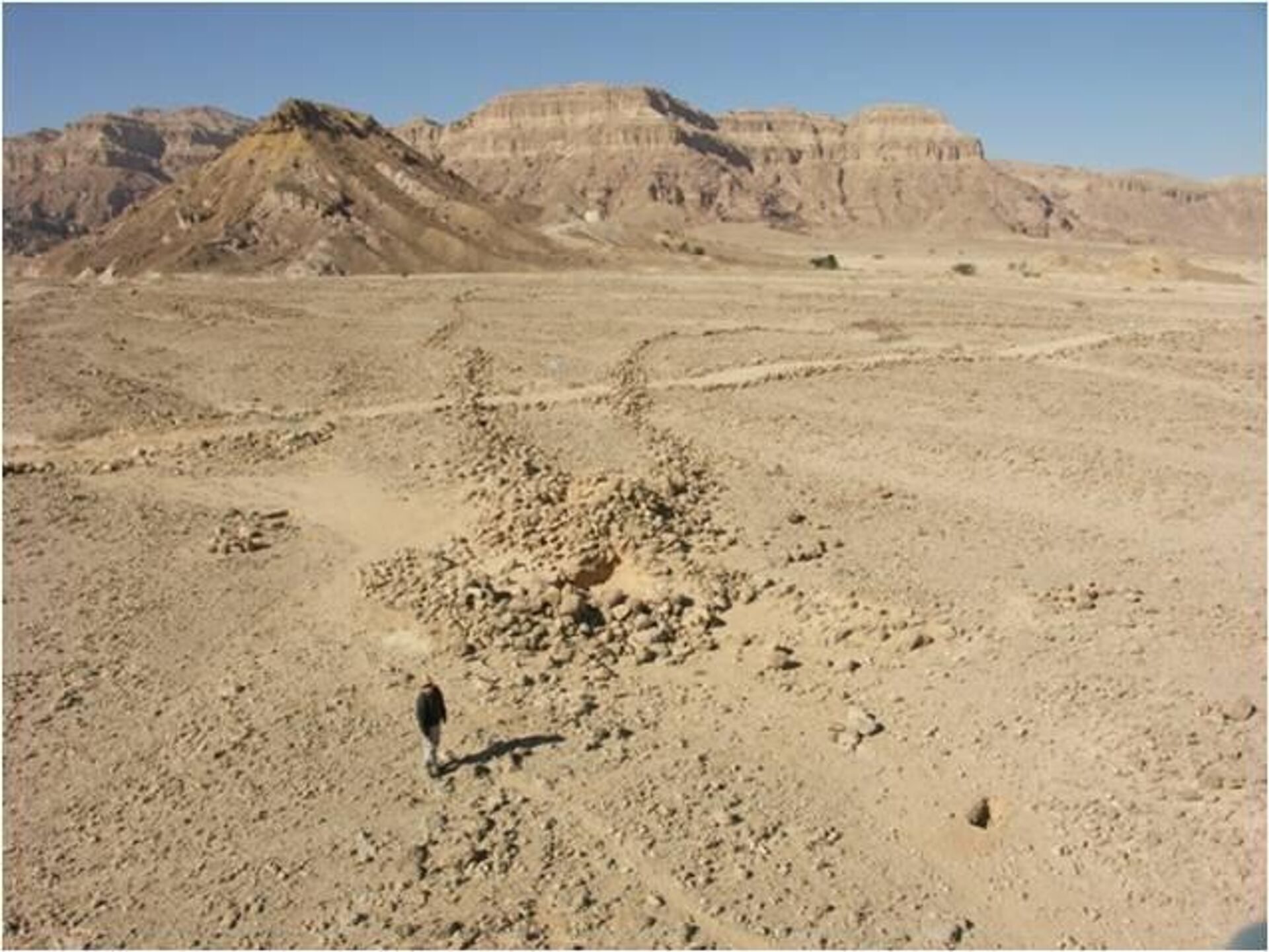
It is possible that a second wall is hidden under the sedimentary deposits of the Mecklenburg Bay. Or its role was played by the shore of the lake – animals that came to drink were driven along the wall to the water, where they became easy prey.
“The structure was probably used to guide the deer into the narrow space between the adjacent lake shore and the second wall, or even directly into the lake, where Stone Age hunters could more easily kill them,” Marcel, one of the study’s authors, was quoted as saying in the press release. Bradtmöller from the University of Rostock.
Scientists plan to continue their research. The goal is to restore the ancient landscape around Blinkerwall, find hidden elements of the structure, as well as animal bones, hunting tools and other artifacts that may be buried nearby.
Ancient Innovation
Wall traps have been known for a long time: this method of driving game is mentioned in the ancient Sumerian Epic of Gilgamesh. Images of mustatils appear on Israeli, Sinai and Mongolian petroglyphs. In North America, Lake Michigan Indians hunted caribou this way until the early 19th century.The 2010s saw the advent of publicly available satellite imagery, apps like Google Earth and Google Maps, leading to a surge of interest in “desert kites” among “folk scientists.” In just a few years, tens of thousands of new objects appeared on the map. Mustatils have been found in almost all countries of the Middle East and Central Asia from Egypt to Kazakhstan, as well as in Mongolia, South Africa, South America and Japan.
It turns out that the construction of stone traps was a common solution for ancient hunters around the world. According to historians, it became one of the most important innovations of its time, despite its simplicity.
The production of “kites” required the coordinated work of several people united by a common strategy. Capital stone structures tied ancient people to a specific place, made it possible to stockpile food, contributed to the formation of permanent settlements, socio-political and economic relations.
By the way, the technology of driving wild animals along linear obstacles is still used today – for example, when hunting wolves .
















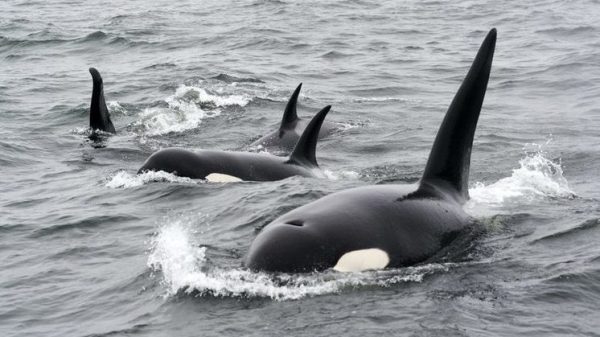

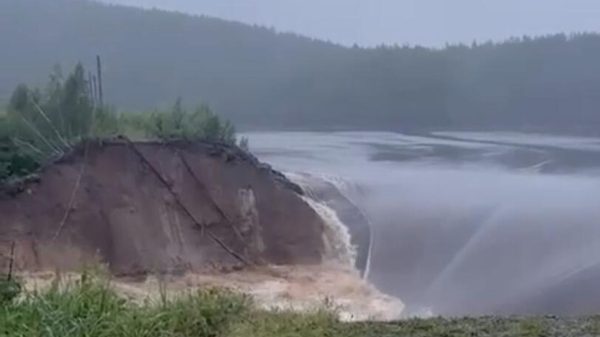






















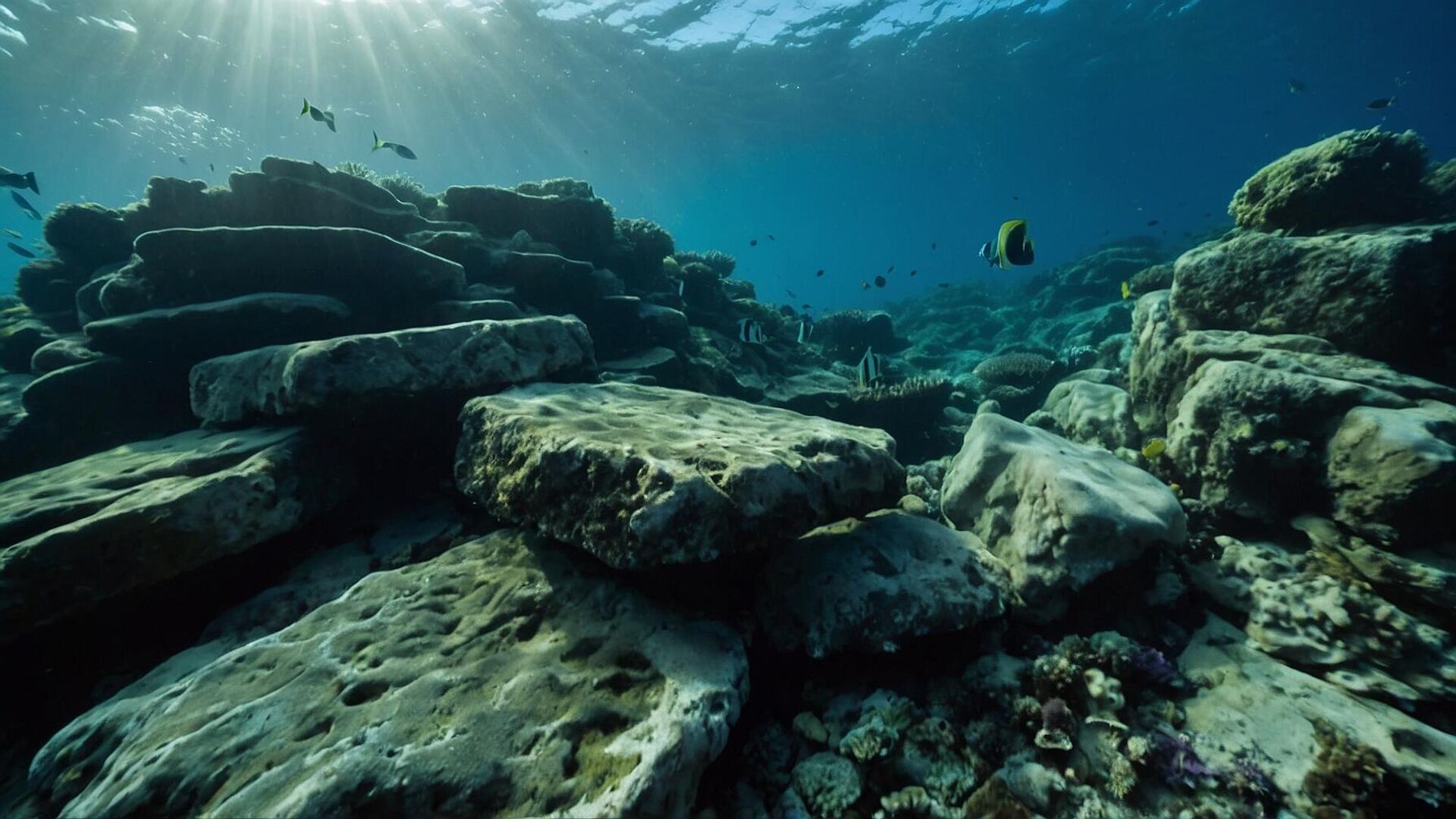
















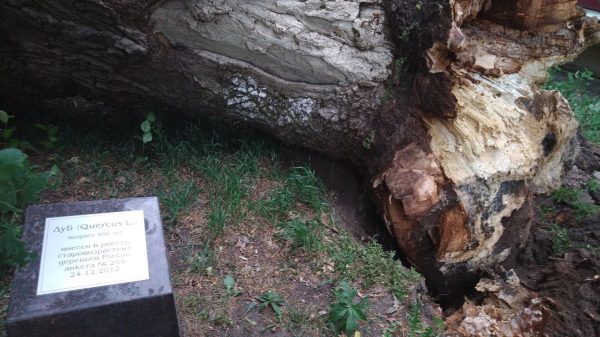


Recent Comments